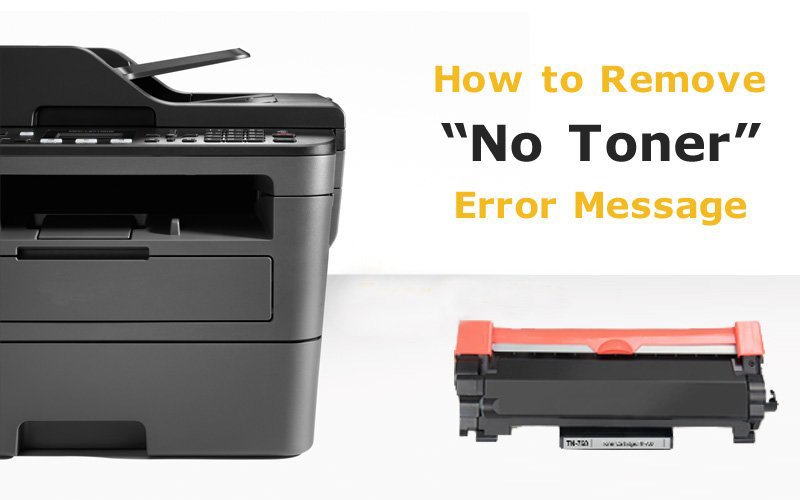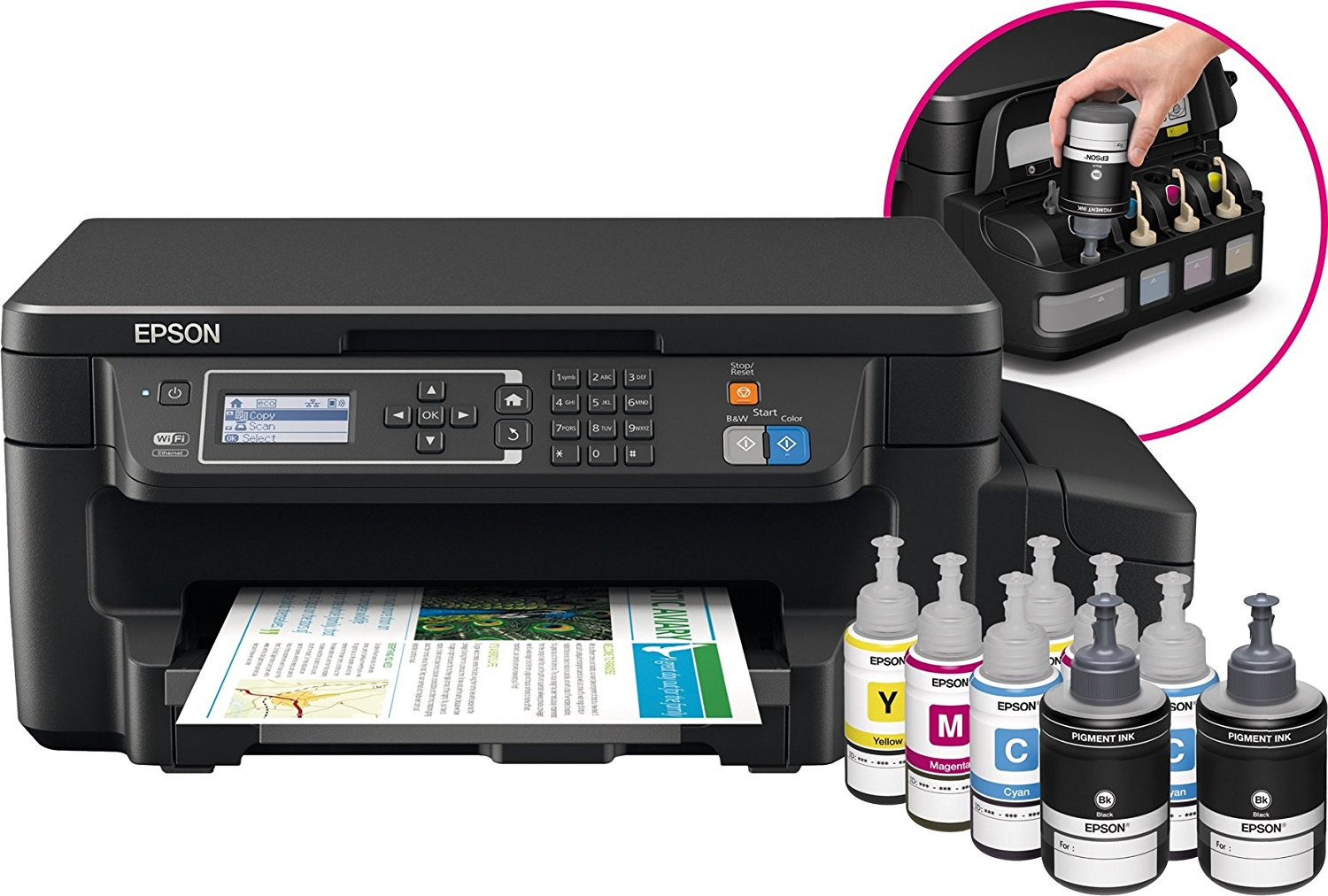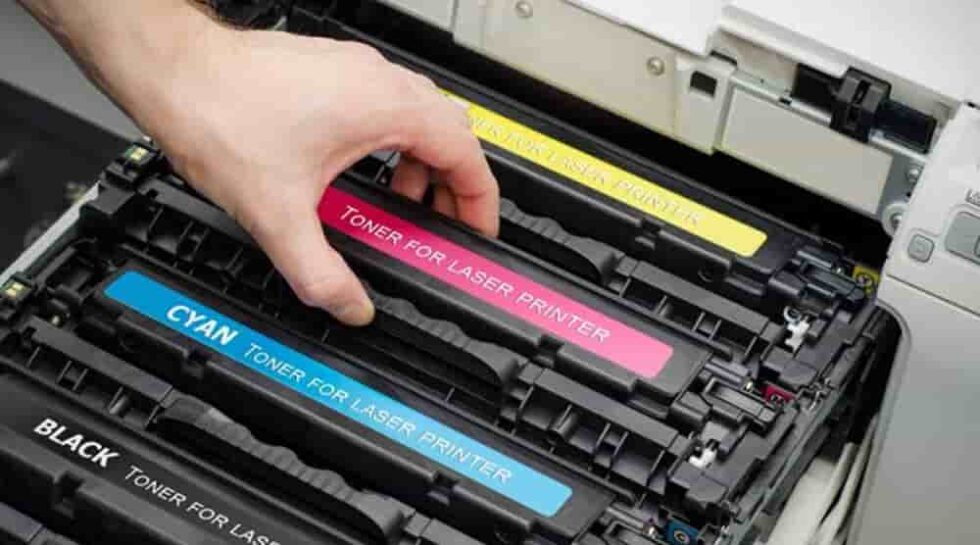Does laser printer use ink – Does laser printing use ink? This is a question that often arises when people are considering purchasing a new printer. While inkjet printers rely on liquid ink cartridges, laser printers use a different technology altogether. Instead of ink, laser printers utilize toner, a fine powder that adheres to paper through heat and pressure.
This fundamental difference in printing technology leads to distinct advantages and disadvantages for each type of printer.
Laser printers are known for their speed, efficiency, and high-quality output, particularly when it comes to text documents. The toner cartridges used in laser printers typically last longer than ink cartridges, making them a cost-effective choice for high-volume printing. However, laser printers also have a higher initial purchase price and require more maintenance than inkjet printers.
Laser Printer Technology

Laser printers are ubiquitous in modern offices and homes, offering high-quality printing at a relatively affordable cost. Unlike inkjet printers that rely on liquid ink, laser printers use a unique technology involving a laser beam, toner powder, and heat to create text and images on paper.
Fundamental Principles of Laser Printing
Laser printing is a complex process that involves several key steps. It begins with a laser beam scanning a photoreceptor drum, which is coated with a photosensitive material. The laser beam charges the drum selectively, creating an electrostatic image of the document to be printed.
The charged areas attract toner powder, which is a fine powder made of plastic and pigment. The toner is then transferred from the drum to the paper using heat and pressure. Finally, the toner is fused to the paper by a heated roller, creating a permanent image.
Key Components of a Laser Printer
Laser printers consist of several essential components that work together to produce high-quality prints.
- Laser:The laser is the heart of the laser printer. It emits a focused beam of light that scans the photoreceptor drum, creating an electrostatic image of the document to be printed.
- Toner Cartridge:The toner cartridge contains the fine powder that forms the image on the paper. It consists of a toner reservoir, a magnetic roller, and a developer roller. The magnetic roller attracts the toner powder, while the developer roller helps distribute the toner evenly onto the photoreceptor drum.
- Imaging Drum:The imaging drum is a cylindrical component coated with a photosensitive material. The laser beam charges the drum selectively, creating an electrostatic image of the document to be printed. The charged areas attract toner powder, which is then transferred to the paper.
Laser printers don’t use ink, they use toner! Toner is a fine powder that’s fused to the paper using heat. If you’re thinking about printing your boudoir photos, you’ll want to find a high-quality printing service, and you can check out where to print boudoir photos for some great options.
Once you’ve got your beautiful prints, you can use a laser printer to print out copies to share with friends and family, or to create a custom photo album.
Role of Heat and Pressure in Laser Printing
Heat and pressure play crucial roles in the laser printing process. Heat is used to fuse the toner powder to the paper, creating a permanent image. The heat melts the toner particles, causing them to bond to the paper fibers.
Pressure is applied to ensure that the toner is evenly distributed and firmly adhered to the paper. This combination of heat and pressure results in high-quality, durable prints that are resistant to fading and smudging.
Toner vs. Ink

Both laser printers and inkjet printers produce high-quality prints, but they achieve this through different methods. The key difference lies in the type of printing medium they use: toner for laser printers and ink for inkjet printers. This section delves into the distinct characteristics of toner and ink, highlighting their composition, application, and durability.
Composition and Properties
Toner and ink differ significantly in their composition and properties. Toner is a fine powder consisting of plastic resin, pigments, and a magnetic or electrostatic charge. The plastic resin provides the base material, pigments impart the desired color, and the charge enables the toner to adhere to the drum and paper.
Ink, on the other hand, is a liquid mixture of pigments or dyes, a solvent, and sometimes additives. Pigments provide color, the solvent allows the ink to flow through the printer, and additives enhance properties like water resistance or drying time.
Application and Durability
The application of toner and ink in printing also differs considerably. Laser printers use a heated drum to fuse toner onto the paper, creating a permanent image. This process results in prints that are generally more durable, resistant to smudging, and less prone to fading compared to inkjet prints.
Inkjet printers spray tiny droplets of ink onto the paper, which then dries to form the image. Inkjet prints are generally less durable and more susceptible to smudging, especially when exposed to moisture.
Types of Toner and Ink, Does laser printer use ink
A variety of toner and ink types are available, each designed for specific printer models and printing needs. For example, some toner cartridges are formulated for high-volume printing, while others are optimized for photo-quality prints. Similarly, ink cartridges can be found in various formulations, including pigment-based inks for archival prints and dye-based inks for everyday use.
Advantages of Laser Printers

Laser printers are known for their exceptional print quality, speed, and cost-effectiveness. These advantages make them a popular choice for businesses, organizations, and individuals with high-volume printing needs.
High Print Quality
Laser printers produce crisp, sharp text and detailed graphics, making them ideal for professional documents, presentations, and marketing materials. This is because laser printers use a process that involves heating toner powder, which is then transferred to the paper. This results in a smoother, more even print surface, with less bleeding or smudging.
Fast Printing Speed
Laser printers are significantly faster than inkjet printers, especially when printing large documents or multiple copies. This is because laser printers use a different technology that involves a laser beam scanning the drum, which is then transferred to the paper.
This process is more efficient and results in faster printing speeds.
Cost-Effectiveness
Laser printers can be more cost-effective in the long run, especially for high-volume printing. While the initial purchase price may be higher than an inkjet printer, laser printers use toner cartridges that can produce thousands of pages before needing replacement.
This translates to lower printing costs per page compared to inkjet printers.
Advantages for Specific Applications
High-Volume Printing
Laser printers are the preferred choice for high-volume printing due to their speed, efficiency, and ability to handle large print jobs. They can print thousands of pages without compromising on quality, making them ideal for businesses with high printing demands.
Professional Document Production
Laser printers are widely used for professional document production, including reports, presentations, and marketing materials. Their high print quality and crisp text ensure that documents look professional and polished.
Comparison of Laser Printers to Inkjet Printers
| Feature | Laser Printer | Inkjet Printer |
|---|---|---|
| Print Quality | High, crisp text and detailed graphics | Good for general use, can be less crisp than laser printers |
| Printing Speed | Fast, especially for high-volume printing | Slower than laser printers, especially for large documents |
| Cost-Effectiveness | Cost-effective in the long run, especially for high-volume printing | Can be more expensive per page, especially for high-volume printing |
| Maintenance | Lower maintenance costs, typically only requiring toner cartridge replacement | Higher maintenance costs, including ink cartridge replacement and potential nozzle cleaning |
Disadvantages of Laser Printers

While laser printers offer several advantages, it’s crucial to consider their potential drawbacks. These printers might not be the best choice for every printing need, especially when cost, maintenance, and environmental impact are factors.
Initial Cost
Laser printers generally have a higher initial purchase price compared to inkjet printers. This is due to the more complex technology involved in their operation. The cost difference can be significant, especially for high-end laser printers with advanced features.
For example, a basic laser printer might cost around $100, while a high-end model with features like duplex printing and network connectivity can cost over $500.
Maintenance Requirements
Laser printers require regular maintenance to ensure optimal performance. This includes replacing the toner cartridge, cleaning the rollers, and potentially performing other tasks. While toner cartridges typically last longer than ink cartridges, they can be expensive, especially for high-capacity models.
For example, a high-capacity toner cartridge for a popular laser printer model can cost upwards of $100, while a standard-capacity cartridge might cost around $50.
Environmental Impact
Laser printers use toner, which is a fine powder that contains pigments and other materials. Toner production and disposal can have an environmental impact, as it requires resources and can potentially contribute to air and water pollution.
For example, toner cartridges often contain plastic and metal components, which can end up in landfills if not properly recycled.
Limitations for Specific Tasks
While laser printers excel at printing text documents, they might not be ideal for tasks that require high-quality image reproduction. The printing process involves fusing toner onto the paper, which can result in a slightly less smooth finish compared to inkjet printing.
This can be noticeable when printing photographs or artwork, especially with fine details.
Inkjet Printers Might Be a Better Choice
In situations where high-quality image printing is a priority, or when printing costs need to be minimized for occasional use, inkjet printers might be a better choice. Inkjet printers are generally more affordable upfront and can produce vibrant and detailed images, making them suitable for tasks like photo printing, creating artwork, and printing on various media types.
Common Misconceptions

Laser printers are often surrounded by misconceptions, leading to misunderstandings about their capabilities and suitability. This section aims to debunk some of the most prevalent myths and provide evidence-based information to clarify the truth about laser printing technology.
Laser Printers are Only for Business Use
This is a common misconception. While laser printers are often found in offices and businesses due to their efficiency and high print volume, they are becoming increasingly popular for home use as well. The advancements in laser printer technology have made them more compact, affordable, and user-friendly, making them suitable for both personal and professional needs.
Laser Printers Produce Toxic Fumes
This is another common misconception. Modern laser printers are designed with safety in mind, and they do not produce harmful fumes. The toner used in laser printers is typically composed of a fine powder of plastic and pigments, and it is not considered hazardous.
However, it is essential to use eco-friendly toner cartridges that meet safety standards and minimize environmental impact.
Eco-Friendly Toner Cartridges
Using eco-friendly toner cartridges is crucial for minimizing the environmental impact of laser printing. These cartridges are made from recycled materials and use vegetable-based oils or other sustainable components. They also have lower energy consumption and produce fewer emissions during the manufacturing process.
By choosing eco-friendly toner cartridges, you can reduce your carbon footprint and contribute to a more sustainable printing experience.
FAQ Section: Does Laser Printer Use Ink
How does toner work in a laser printer?
Toner is a fine powder that’s electrostatically charged and then transferred to the imaging drum. The drum rotates and the toner adheres to the areas where the laser beam has scanned. The toner-coated paper then passes through a fuser unit, where heat and pressure melt the toner onto the paper, creating a permanent image.
What are the main differences between laser and inkjet printers?
Laser printers use toner, which is a powder, while inkjet printers use liquid ink. Laser printers are generally faster and produce higher-quality text, while inkjet printers are better suited for printing photographs and graphics. Laser printers typically have a higher upfront cost but lower running costs, while inkjet printers are cheaper to buy but more expensive to run in the long term.
Are laser printers environmentally friendly?
Laser printers can be environmentally friendly if you use recycled toner cartridges and dispose of them properly. Many manufacturers now offer eco-friendly toner cartridges made with recycled materials and low-VOCs (volatile organic compounds).
